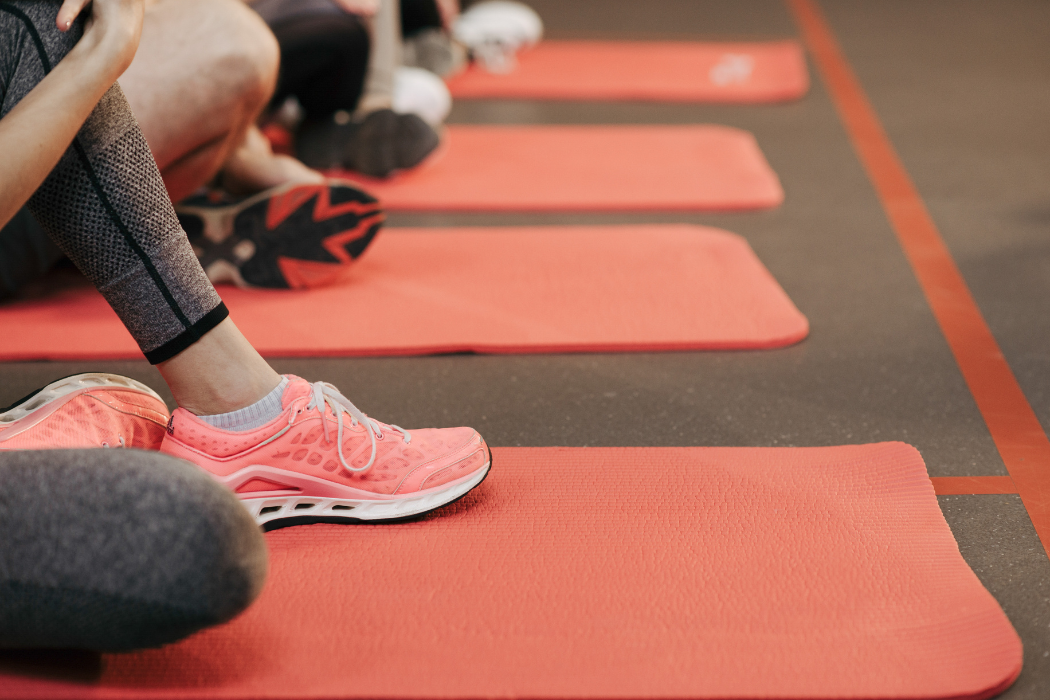It’s the week after Thanksgiving. We’re heading full steam ahead into the holiday season. It’s the perfect time to remind ourselves of the importance of taking care of our bodies, especially because the lifestyle and job demands of clergy tend to lend themselves to a sedentary lifestyle.
Long hours in the office planning for events or sermons, meetings with parishioners for coffee or meals, and balancing responsibilities at church, second jobs, or at home can be exhausting. It certainly leaves little time or energy to exercise.
However, we know the negative results awaiting a sedentary lifestyle. It doesn’t take much convincing to agree with the benefits of exercise. So, why do we have such a hard time implementing this into our lives?
Mook’s 2019 study of 300 Wesleyan clergy found more than 20% reported being unsatisfied with their physical well-being and it affected their ability to fulfill their calling. Eighty percent of clergy identified as being overweight and more than 50% had at least one chronic disease. It is time for church leaders to consider ways to be more active both for their overall health and the management of illness. Utilizing the Physical Activity Guidelines for Americans, let’s explore 5 ways to be more physically active.
- How much physical activity is enough? Current guidelines recommend adults do at least 150 minutes a week of moderate aerobic activity and at least 2 days a week of muscle-strengthening activities for substantial health benefits. While that may seem like a lot, the good news is it can easily be broken down into smaller sections (e.g. 30 minutes 5x a week). Ten minutes at one time is the minimum recommendation. Remaining physically active helps your overall physical health by strengthening your heart, lungs, and body function. What are some ways you can create time to incorporate physical activity into your life? Can you start by doing some type of exercise for ten minutes?
- Why does intensity matter with aerobic activity? Intensity refers to the level of work required to perform the activity and can be measured by an increase in heart rate from the resting rate. Moderate exercise includes activities such as taking a brisk walk, light yard work, shoveling snow or casually riding a bike. Vigorous exercise may increase heart rate up to triple the resting rate, which is why less time is spent each week during these activities. Vigorous activities include things like pick-up basketball games, weight lifting, chopping wood, and running. However, you should do at least a 5-minute warm-up and cool-down to prevent injury. What aerobic activities are you already doing? What is one thing you can reasonably do to be more active?
- Why muscle-strengthening? Strengthening activities focus on improving flexibility, strength, and balance. At least twice a week every major muscle group (legs, hips, back, chest, abdomen, shoulder, and arms) should be exercised. This can be completed using exercise bands, hand weights, weight machines, body exercise (e.g. planks, situps, pullups), gardening that involves carrying, hauling, or digging, carrying groceries, climbing stairs, shoveling snow, and yoga. What are you currently doing that is considered a muscle-strengthening activity? What are ways you can increase strengthening activities to twice a week?
- Helpful resources. Move Your Way has an Activity Planner with ideas unique to your stage in life and interests that will help you make a plan. Fitbits, smartwatches, and smartphones often have apps built in that can track steps, activity, heart rate, and other components of health. Apps can be linked or shared with friends and family for accountability and friendly competition. Figure out what app is on your preferred device and google how to use it. Free apps like FitOn and Couch 2 5k can also help provide specific guidance. NASA and the CDC provide workplace exercise ideas that can be done in the office. Youtube has endless free or low-cost subscriptions for workout ideas at home. The National Institute on Aging also provides ideas for getting started, staying active, and chronic disease-specific exercises. Would you be willing to check out one resource and identify ways to implement a healthy change?
- Getting started. Setting attainable weekly goals and increasing them over time to work towards meeting activity recommendations over time can help decrease the risk of injury and ensure success. Start with ten minutes and work up. Oftentimes, physical activity can be incorporated into daily life. It is also helpful if you can do physical activity with friends, family, or coworkers for accountability. When making a plan to do something it should be financially and physically feasible. But most importantly, pick something you enjoy. What goal can you make to increase your physical activity this week? How can you find ways to incorporate exercise into your daily life?


